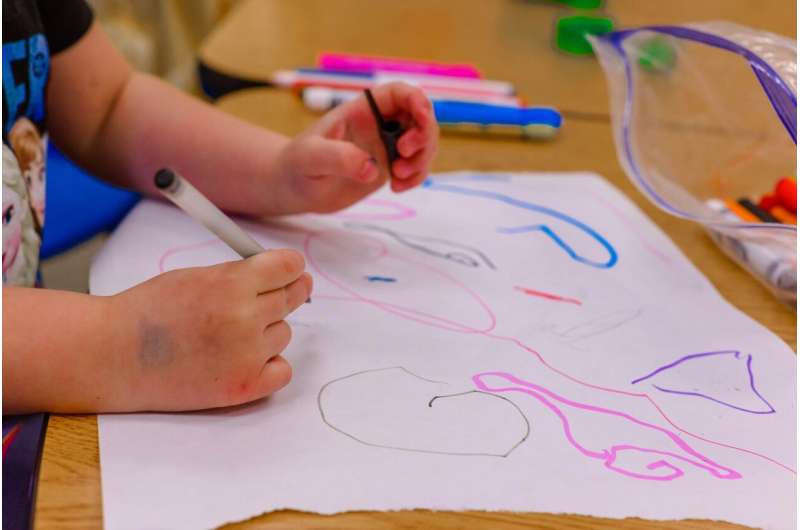This article has been reviewed according to Science X's editorial process and policies. Editors have highlighted the following attributes while ensuring the content's credibility:
fact-checked
trusted source
proofread
Study identifies ways to better help children experiencing homelessness

A new qualitative study of families experiencing homelessness suggests public service systems need to do a better job of working with parents to support homeless children. The study also identifies key barriers limiting children's access to support programs, such as unrealistic eligibility requirements and a failure to make parents aware of existing programs.
"There's a lot of research out there on social and emotional interventions, and on early childhood education," says Heather Finster, corresponding author of a paper on the work and a Ph.D. candidate at North Carolina State University.
"However, there is not a lot of research that looks at the accessibility of these programs for children experiencing homelessness—even though these children are at greater risk of social and emotional challenges. We wanted to get deeper understanding of these accessibility challenges by listening to the perspective of parents."
For this study, researchers conducted in-depth interviews with 47 parents experiencing homelessness who had at least one child younger than 9 years old. The paper, "In parents' words: Reflections on the social-emotional health system for young children experiencing homelessness," is published in the journal Social and Emotional Learning: Research, Practice, and Policy.
"Much of the work on families experiencing homelessness views parents from a deficit-focused perspective, which means that it focuses on where parents are lacking in supporting their children. However, this study underscores the importance of acknowledging all of the things that these parents are providing," Finster says.
"They play an essential role in the development of their children's emotional and social well-being, and help their children navigate challenges in accessing support systems. Based on first-hand research and clinical experience working in shelters, this is a critical finding that is worth highlighting."
Study participants also reported a range of barriers that made it difficult for them to connect their children with high quality social-emotional health services. These barriers included:
- Parents being unaware of available services and resources;
- Cost and eligibility criteria that effectively made the services inaccessible;
- Negative interpersonal experiences with service providers; and
- Logistical barriers, such as a lack of transportation or child care.
"Understanding these barriers is important, because these are often challenges that can be addressed by improving existing systems," Finster says. "For example, improved outreach could make more parents aware of existing services.
"This study's take-away message is straightforward," Finster says. "If we want to do a better job of helping children who are experiencing homelessness, a good place to start would be to do a better job of working with their parents to engage with the services and resources that already exist."
More information: Heather Finster et al, In parents' words: Reflections on the social-emotional health system for young children experiencing homelessness, Social and Emotional Learning: Research, Practice, and Policy (2023). DOI: 10.1016/j.sel.2023.100023
Provided by North Carolina State University


















